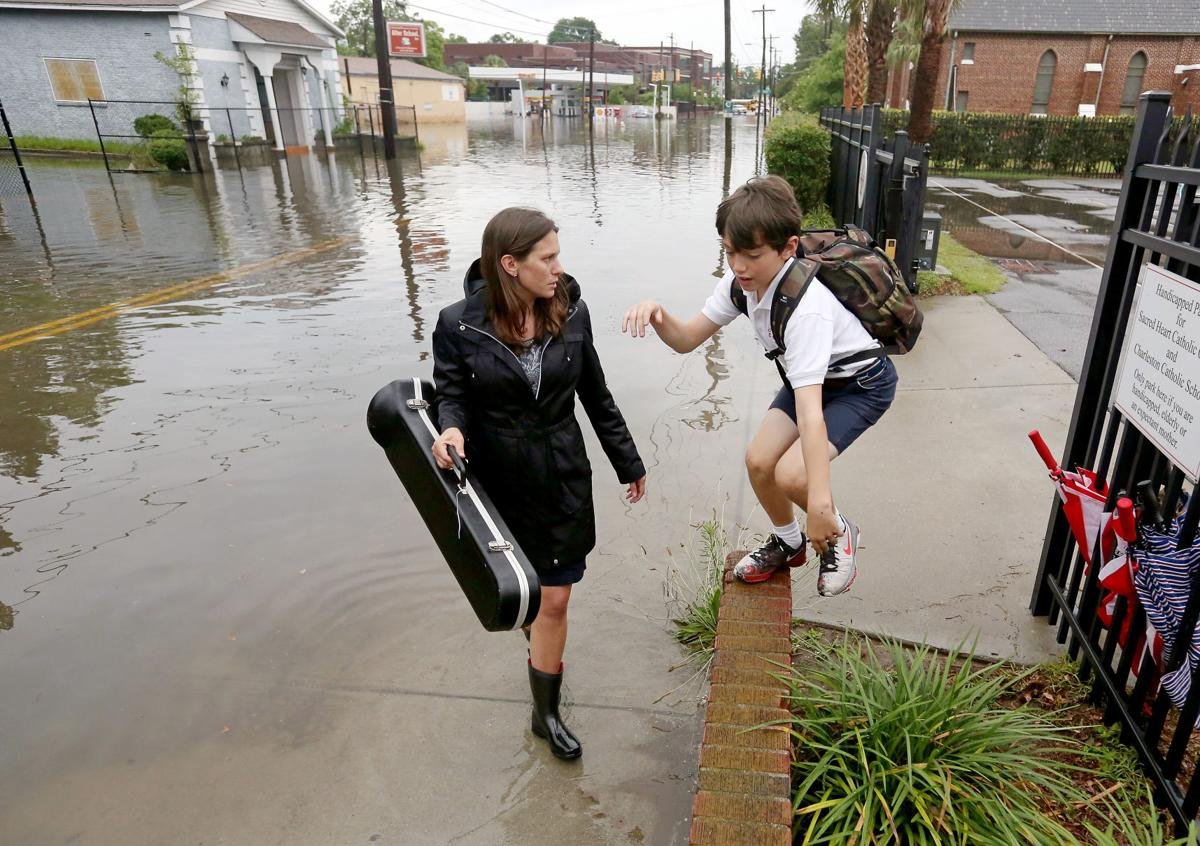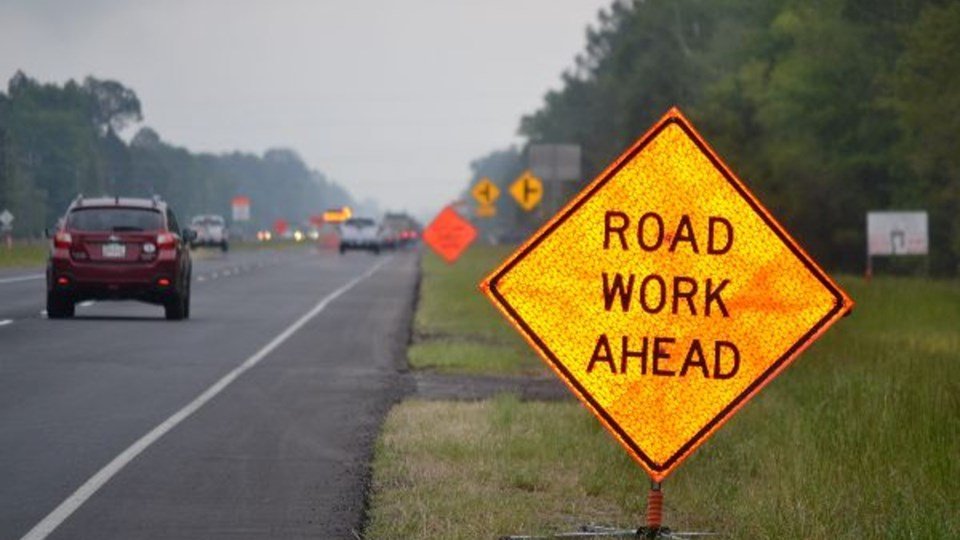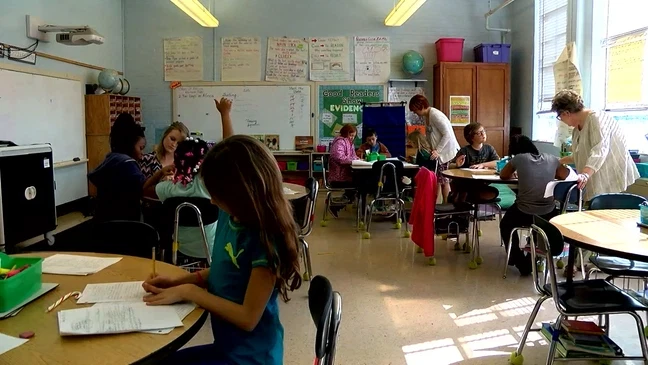Charleston, South Carolina.Local schools are strengthening their defenses to keep students safe and campuses running because flooding is a persistent concern in the Charleston area. As part of an increasing effort to address climate-driven difficulties and infrastructure concerns, the Charleston County School District (CCSD) has put in place a number of mitigation methods, such as distributing sandbags and creating dozens of retention ponds.
Flooding Frequently Disrupts School Attendance
Floodwaters disrupt education in addition to having an effect on roads. While some kids in hard-hit neighborhoods are unable to go at all because of impassable streets, many Charleston schools have been forced to close or postpone operations during severe storms. Teachers, families, and the educational process are all severely impacted by these disturbances.
CCSD Chief Operating Officer Jeff Borowy agreed that the region’s drainage issues are frequently directly related to missed classes and school closures. When we construct or rebuild schools, we’re doing our best, Borowy clarified.
Retention Ponds Play a Key Role in Flood Management
More than 70 retention ponds have been created by the district to keep floodwaters from overflowing campuses. These sizable basins are made to collect runoff from nearby regions, temporarily store water, and then gradually release it when it is safe to do so.
Reducing flooding incidents on school property has been made possible in large part by this infrastructure. According to Borowy, many schools have experienced little to no flooding as a result of this system, which collects the water that drains from the area around the school and retains it until it is safe to release.
Sandbags and On-Site Protocols Add Another Layer of Protection
Along with ponds, CCSD places sandbags at school entrances that are susceptible to flooding, particularly those that are known to absorb water after storms. In an emergency, these makeshift barriers aid in preventing water penetration.
Borowy underlined that schools are equipped to ensure pupils’ safety in these situations. We will monitor the child and keep them safe at the school until their parents can arrive if we have to pick them up due to water around the school, he said. Additionally, even if it means postponing departure, schools are told not to discharge students into flooded areas.
City of Charleston Encourages Public to Join Flood Action Efforts
Although there aren’t any significant school improvements connected to flooding under progress right now, the city nevertheless encourages the public to voice their concerns and suggestions. Residents can take part in flood planning through the Basin Flood Action Committee, which is composed of members from several communities, including James Island, West Ashley, Downtown, Johns Island, and Daniel Island.
Projects frequently concentrate on access points, neighboring roadways, and surrounding communities in addition to school buildings, according to Kaylan Koszela, Director of Resilience for the City of Charleston. As we’re building and developing projects, we have to keep that in mind, especially in some of our lower-lying locations where schools are located, Koszela said.
Digital Tools Help Families Stay Informed
The city encourages the use of the Water Wise website, which contains all water-related tools and data, and the TidEYE app, which offers real-time updates on road closures and weather, in order to increase public awareness and responsiveness.
In order to keep Charleston’s citizens—including its youngest ones—safe during weather emergencies, these resources are a part of a larger resilience strategy.
One example of localized resilience planning is Charleston County’s continuous attempts to lessen school flooding. School districts in the South may increasingly take inspiration from Charleston’s strategy as hurricanes get more severe and sea levels rise.
Do you want to be updated about school safety tactics and local resilience initiatives? Visit saludastandard-sentinel.com to stay up to speed on the Saluda Standard-Sentinel.









